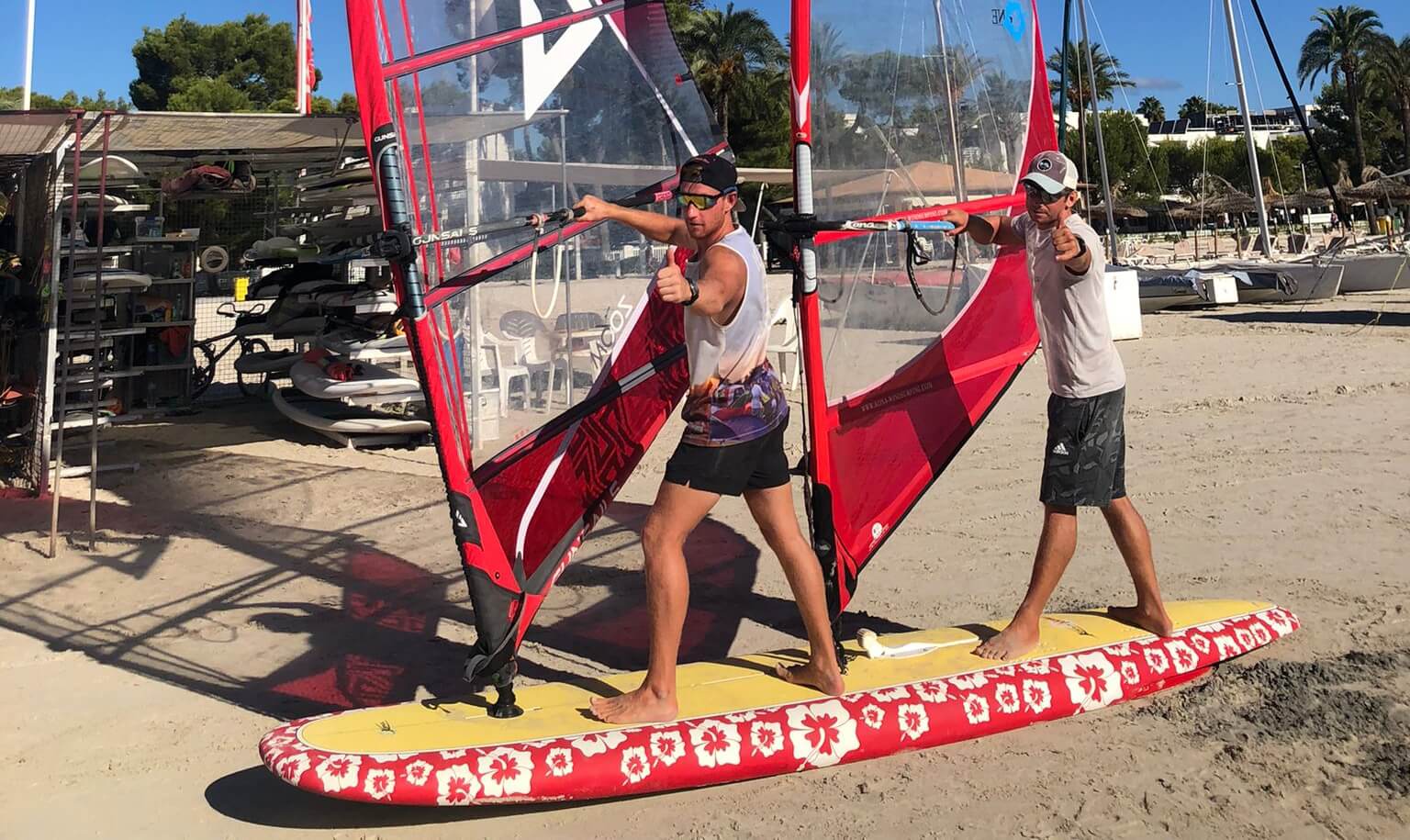
Foil – how does it work?
“Flying board over water.” Many of you have certainly seen a board floating above the water with a person standing on it, e.g. with a sail. At first glance, this view gives the impression that “this thing” is literally flying. But is this really the case? And how is it possible that a board with a sail actually comes out of the water and can move above it? All this is possible due to the so-called “foil” and the hydrodynamic forces acting on it. So, if you want to find out more about the secrets of this invention and learn how it works, just keep on reading…
Have you ever wondered why a plane flies? A huge machine weighing more than 100 tons floating in the air is quite a mystery to some people. However, you don’t have to be a physicist to understand how it works. This is possible thanks to the use of aerodynamic forces. It is similar in the case of foil, except that here we are dealing with hydrodynamics that works on the similar principle. So how does foil work? To put it simply, a foil is the element of the board located directly below it, in the place where the fin is usually attached. This structure consists of several parts such as the mast, fuselage and two wings attached to it. The whole thing is built in a way that allows the creation of lifting force while achieving the appropriate speed. The same applies to the above-mentioned aircraft.

As you can see, the front wing of our “foil” has a convex shape, which means that water flows faster over than under it. The water flow creates a pressure difference on both sides of the wing, a lifting force is created, changing the motion vector of the “foil”, which in turn lifts the board and the surfer standing on it into the air. Okay, so what’s next? Don’t worry – we won’t fly away!
The design of the foil allows us to get out of the water and maintain a stable height even when the mast is partially submerged. Of course, an important element of foiling is precise and dynamic balancing of the lifting force by transferring its own weight over the “levitating” board. However, it requires high skills and considerable experience.
How about the controls? This is done by changing the angle of attack of the foil or changing the balance. What is extremely important here is a sense of balance and constant work with your body while leaning in the right direction. You probably don’t need to learn more about the physics of “foiling” to understand how this extraordinary invention works. So what is so amazing about it and what makes wingfoil so popular in the world today?
Well, t his is undoubtedly due to the fact that it gives you the amazing feeling of flying over water. By getting out of the water quickly, which also reduces the friction force between your board and the water, we can achieve higher speeds faster compared to traditional surfing with a fin attached. Certainly, a huge advantage of the foil is the fact that it works great in light wind conditions, where classic sailing in the so-called “planning mode” would not be possible. “Foil” has already gained popularity all over the world, and its fans use it in all disciplines and water sports, such as wingsurfing, windsurfing, kitesurfing and even sailing. It has become a distinct class in many sports at the professional level, even world championships.
Moreover, it gives great opportunities to develop both new technologies and sailing skills for people who are foil-lovers. Therefore, we can be sure that in the coming years we will witness further progress and development of everything based on the “foil”, where experienced and professional sailors will amaze the world with their shows and acrobatics. And above all, the best thing about it, is that anyone who has already had any kind of board under his feet, after just a few hours under the supervision of an instructor, can learn the foiling technique and join the group of those who have felt what it’s like to “fly”. So guys…are you ready to go “high”?

